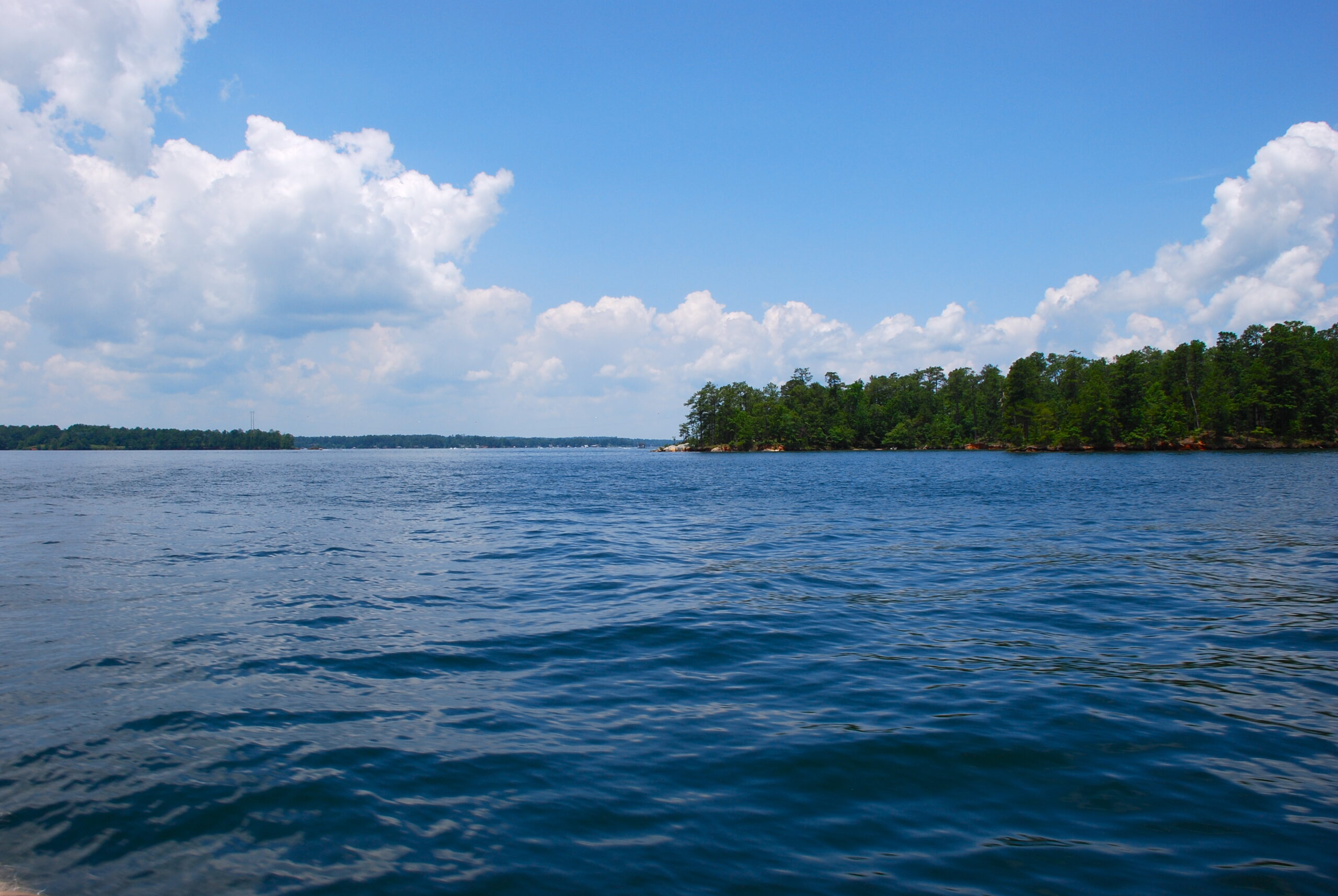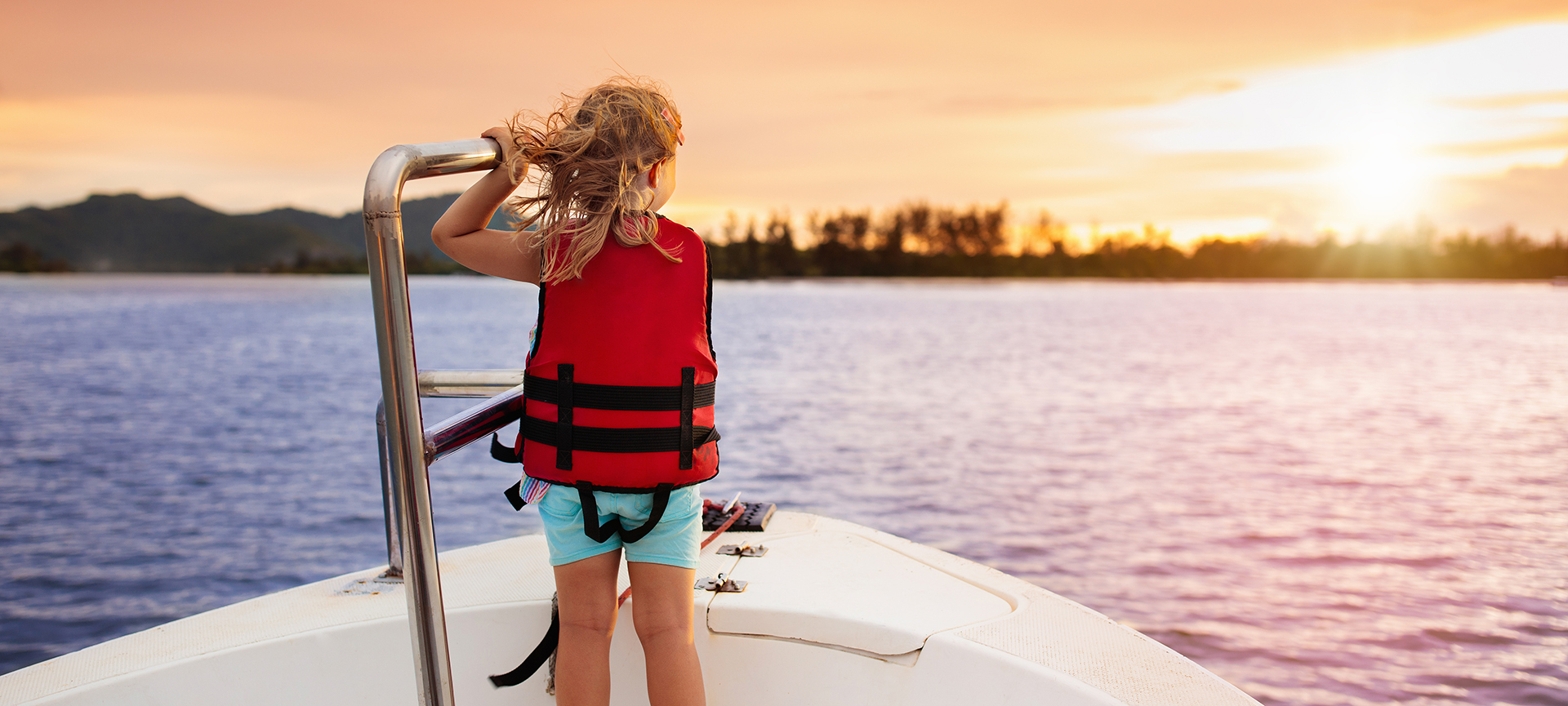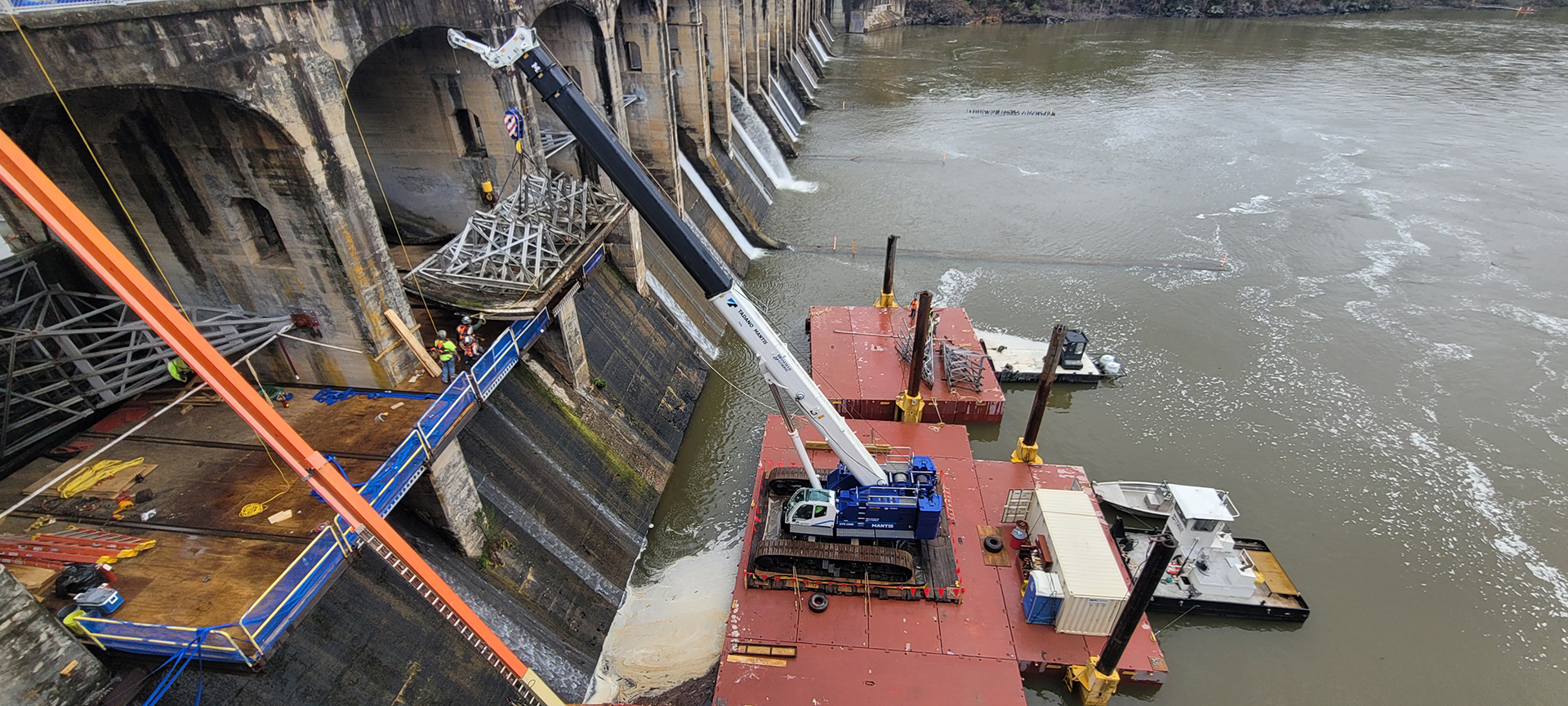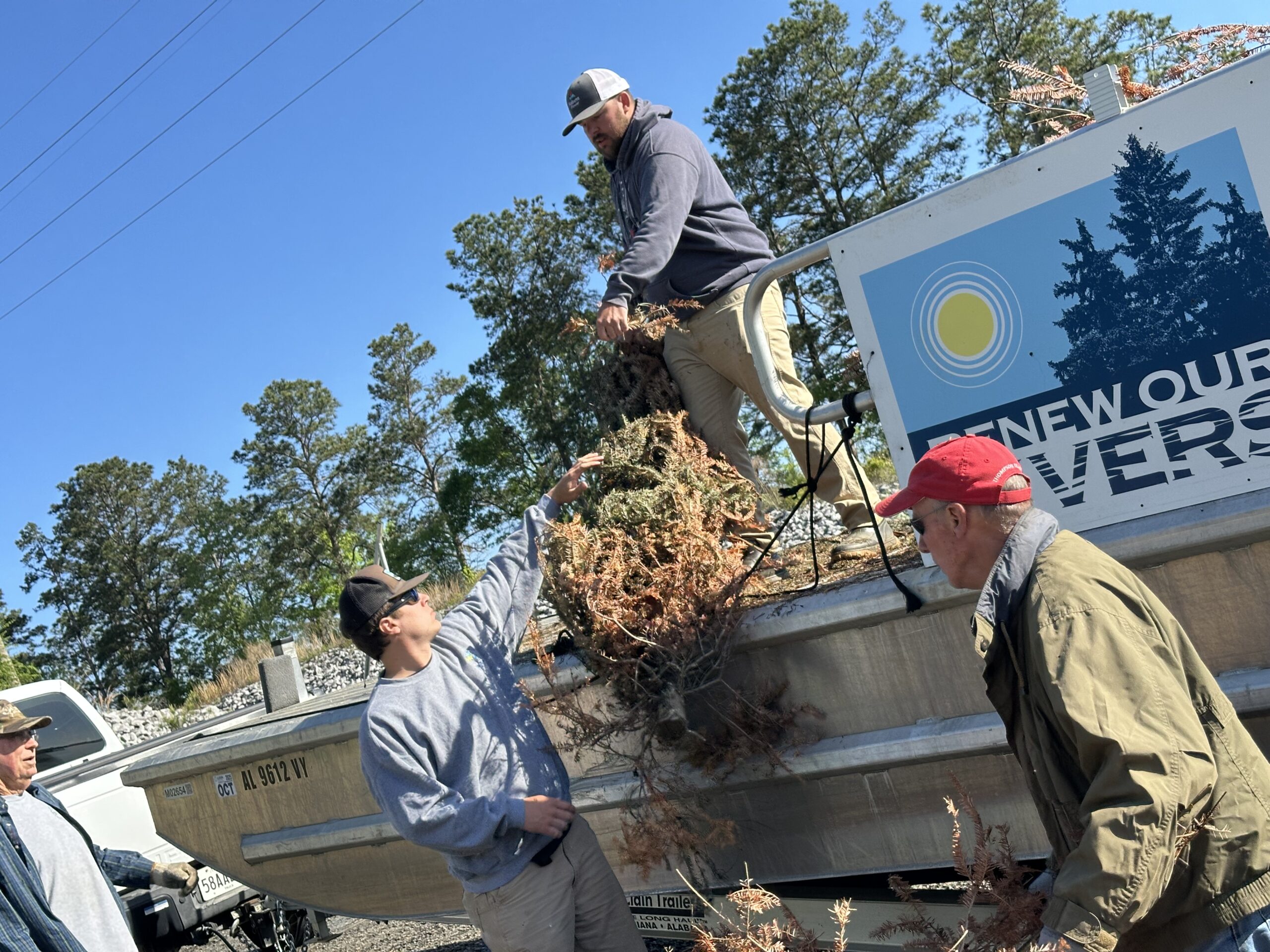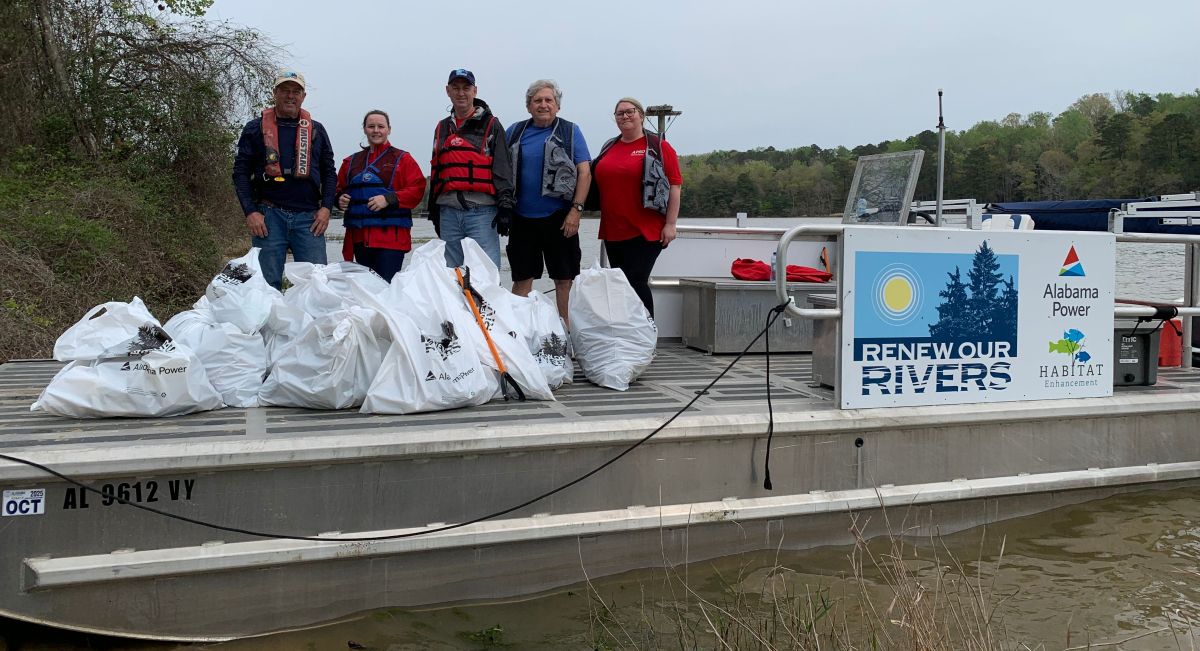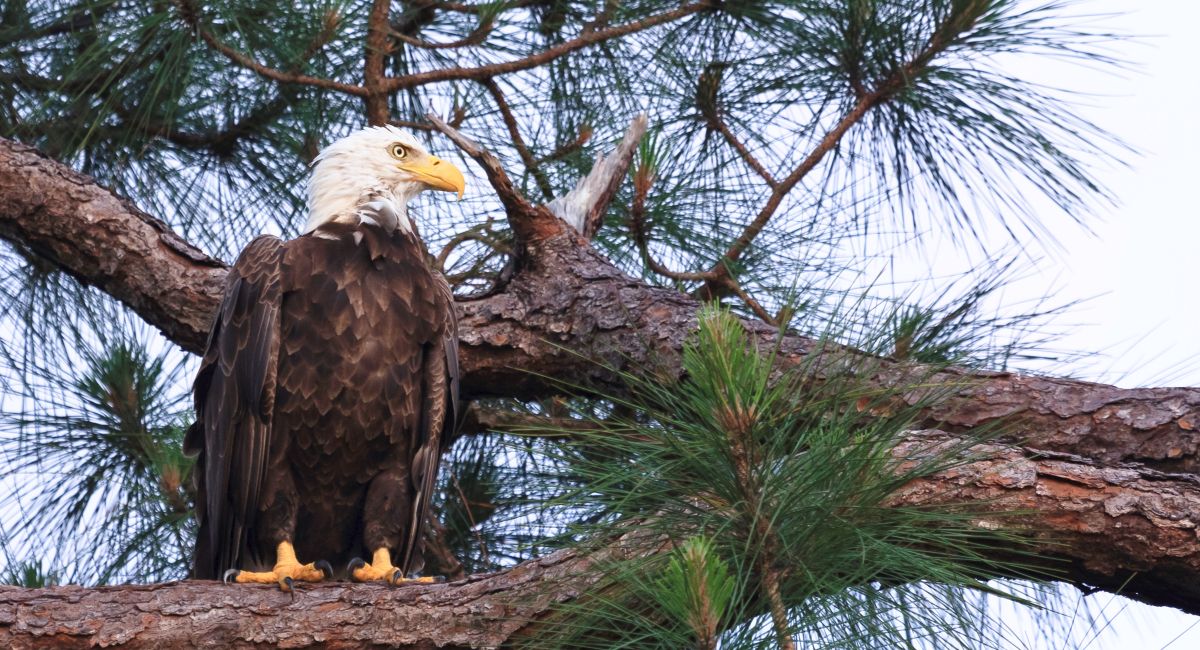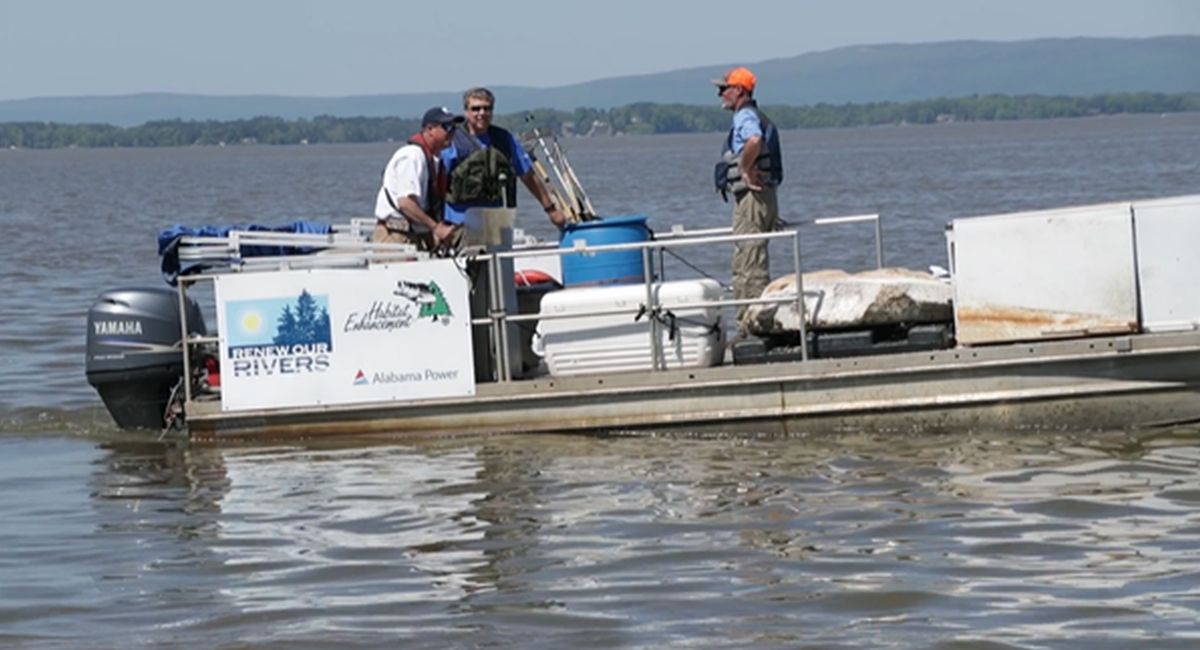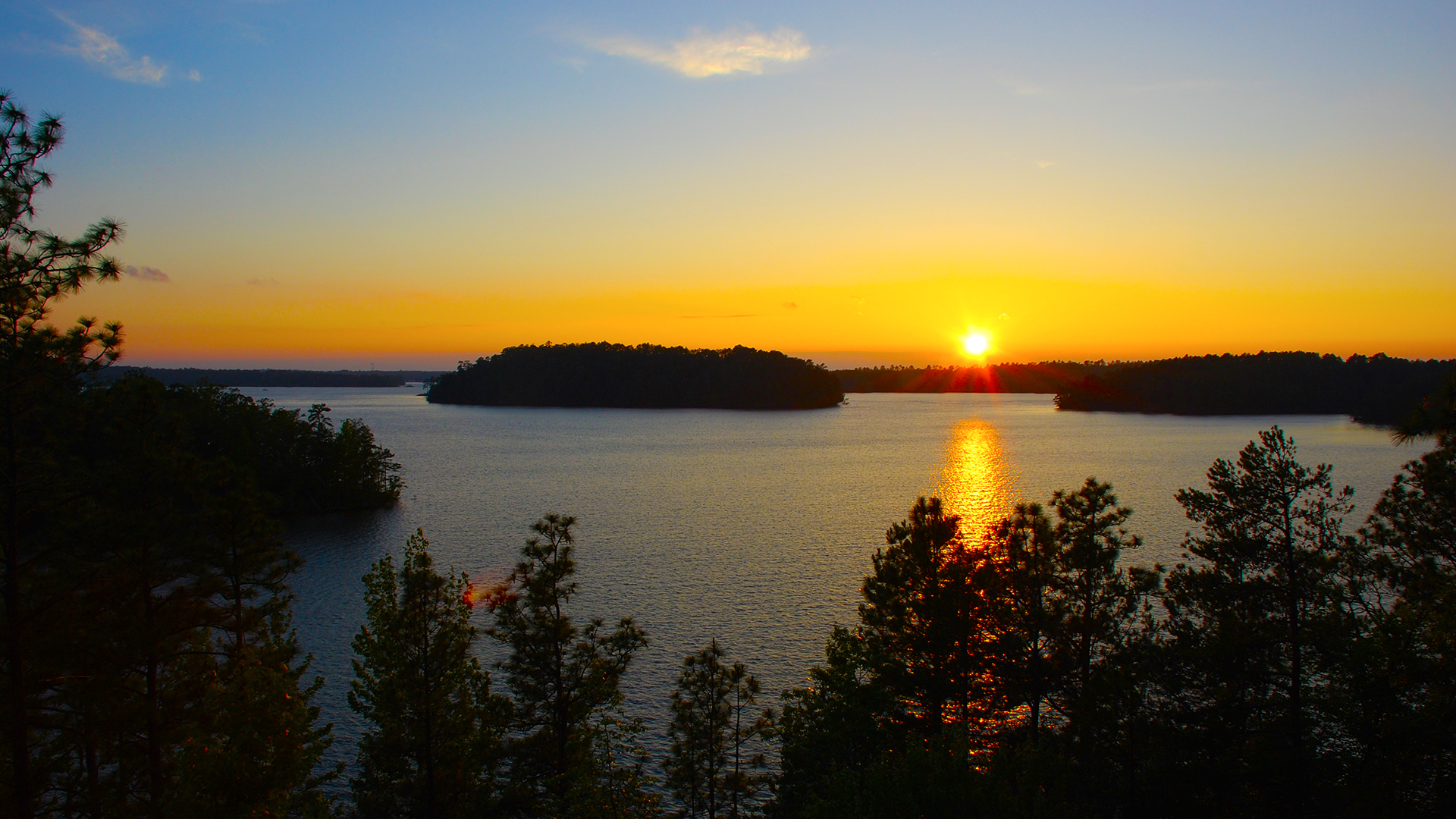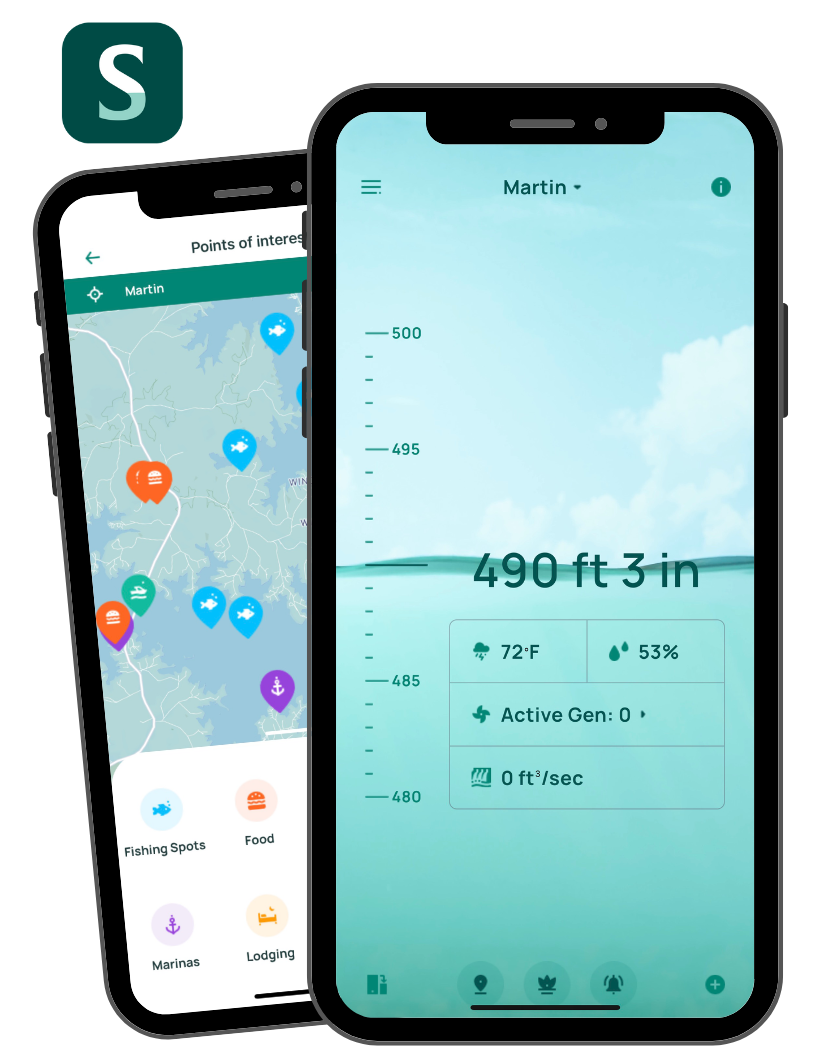Lakes are a ready runway to adventure for floatplanes
There are speedboats that go as fast as Bob May’s floatplane. Even pepped up with a larger, 150-horsepower engine, the 1946 Piper PA-12 Super Cruiser tops out at 85 miles per hour.
“That would be 130 miles per hour with wheels, but the pontoons add a lot of drag,” he explains. Not that he minds — what counts is the freedom of flying a floatplane, which makes almost any body of water a ready runway.
Calling May a veteran pilot hardly covers it. For more than three decades, he’s flown big jets for a major airline, mainly out of Atlanta. (Fifteen years ago he moved from there to his Alabama lake house, in commuting distance of the South’s biggest air hub.)
“I’ve logged more than 32,000 air hours and have flown about 200 different types of planes,” May says, in that matter-of-fact pilot manner.
He relishes the low-and-slow flying his Piper Cub calls for, as both a break from piloting massively complicated jetliners and an echo of his earliest airborne hours, flying a small plane over the fields of Idaho at the age of 14.
At his home on Lake Harris, a launch ramp leads from the water up to what would normally be a boathouse. Because of size restrictions, May designed the steel-beamed structure with cutaway walls to accommodate the plane’s wings. It takes only a few minutes for an electric winch to lower the Cub on its wheeled platform into the lake, ready for adventure.
Flying his floatplane at an altitude of around 500 feet (a far cry from his workday altitudes of 30,000 feet or more), May surveys a kind of scale-model world, a topographic map come to life. The scenic, sinuous lake, swelling at the convergence of the Little and Big Tallapoosa rivers, is a tableau of tidy houses and docks, wooded shores, boat wakes etched in white and miniature fishermen.
“It’s a great way to get the lay of the land,” the pilot says as he banks over the Alabama Highway 48 bridge. “Sometimes, I’ll find myself flying not far from bald or golden eagles or above deer swimming across a cove or wild turkeys feeding in a clearing.”
Any lake-dweller knows that getting from point A to point B is often much quicker by boat than on land. That’s true in spades if you have a floatplane. May can fly to the other end of the lake in about five minutes, versus 30 minutes in a fast boat.
“My wife and I will fly over to Lake Martin for lunch at Kowaliga,” he says. “Pilots call that a $100 hamburger.”
Floatplane pilots use their bird’s-eye perspective to avoid power lines and surface obstacles, from tree stumps and floating debris to powerboats, skiers and kayakers.
“But we don’t have as much control as people assume, especially on the water,” says Charles Welden, a Lake Martin resident whose WaterWings Seaplane School certifies land pilots to “fly wet.”
“If we don’t see clear water, we’ll take another pass,” he says.
As watercraft, the planes have retractable rudders on their pontoons and typically carry paddles and life jackets. So-called “amphibious” planes have pontoons with retractable wheels and can also use regular runways.
As a boy, Welden yearned for a Cessna 150 floatplane like the one belonging to Lake Martin developer Ben Russell. Today he owns that very plane, along with an amphibious Husky A-1B. He keeps the Husky at the Shelby County Airport, using it to train pilots on various lakes (Lay, Mitchell, Jordan, Logan Martin). He teaches them to read the wind on the water, to minimize noise and to be courteous to residents and boaters.
“We’re lucky to have so many accessible lakes in Alabama,” Welden says. “I’ve taught pilots from all over the world here. It’s easier to get this training in the U.S. and fuel is cheaper.”
Floatplane pilots who regularly land on Smith Lake include a Birmingham doctor and a FedEx pilot whose plane is actually the other kind of seaplane, a flying boat, which has a floating fuselage and pontoon-like stabilizers that keep the wingtips out of the water. You’re most likely to spot the vintage Piper J-3 Cub owned by Sara Rutland, her husband, Glen, and their partner in Shoreline Aviation Services, Alton Brown. All are high-rated professional pilots who love the seat-of-the-pants style of flying floatplanes. They use a modified World War II bomb dolly to carry their Cub between its lakeside hangar and the water — a perfect match for the aircraft, she explains.
“This little airplane is what World War II pilots learned in. When you fly it you’re flying a piece of history,” she says. “For those of us who fly for a living, flying is working. This plane reminds you why you wanted to fly in the first place — it’s fun. When I got my floatplane rating I spent the whole time laughing.”
Flying a floatplane a long distance requires ample time and charting a route with waterside fuel stations. But that’s no problem for the fly-it-wet crowd. Like May and Welden, Rutland and her husband have flown to Oshkosh, Wis., for AirVenture, the country’s largest aviation show. All kinds of aircraft flock to the event, including scores of floatplanes that join the big “splash-in” on Lake Winnebago.
“We’ve also flown it to the big Sun-N-Fun splash-in in Lakeland, Fla.,” she says. “That’s the second largest air show in the country.” Alabama’s closest equivalent is the popular fall splash-in at Lake Guntersville, where the floatplane base is next to the lakeside airport.
Whether they’re flying to a splash-in, a shoreline restaurant or golf course, or (as Bob May does) spotting trash from on high for volunteers to remove in the annual Renew Our Rivers lake cleanup, these pilots use their floatplanes to good advantage. They can and do hop across the country, but their favorite places to land are the waterways of Alabama.


